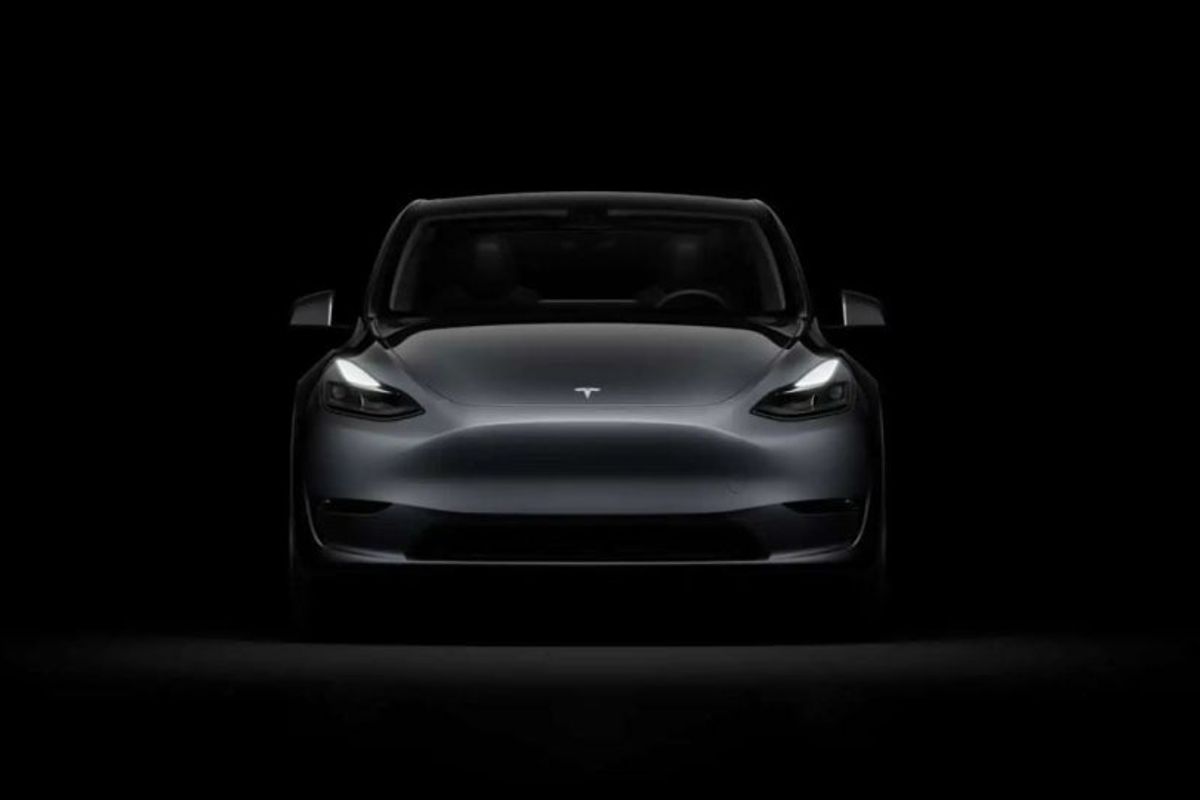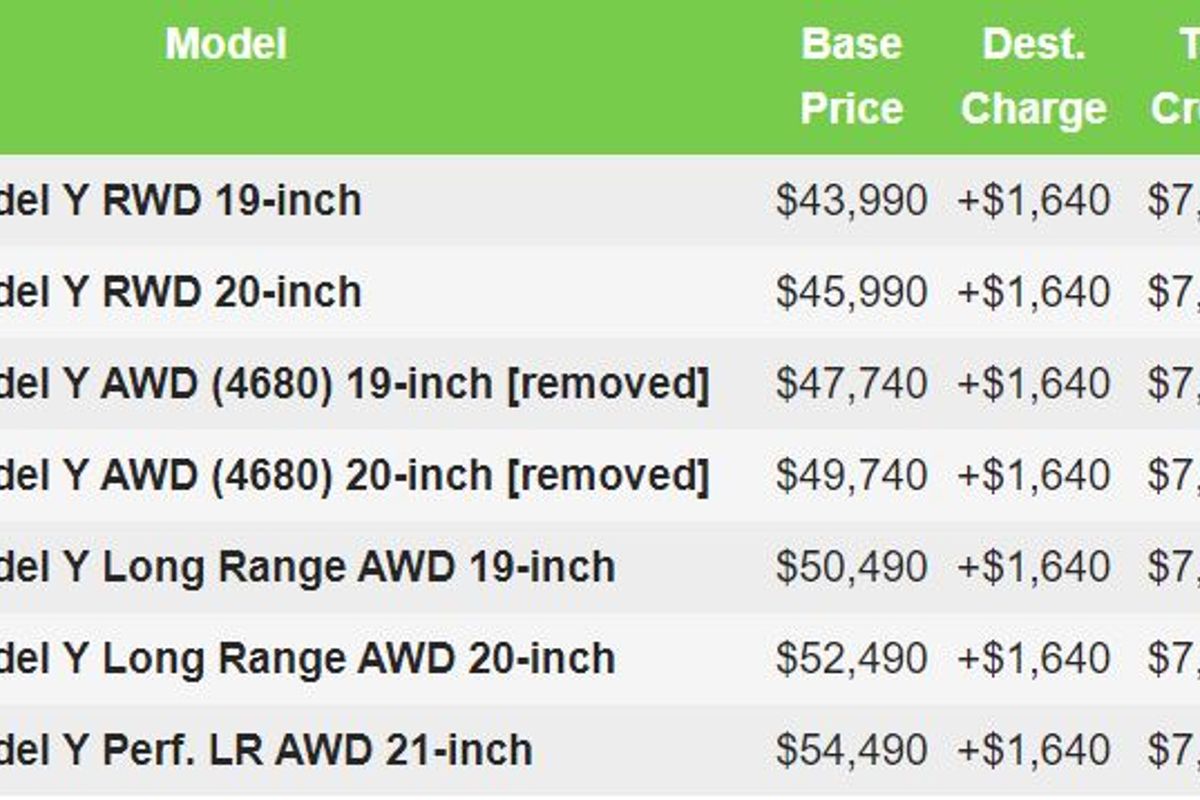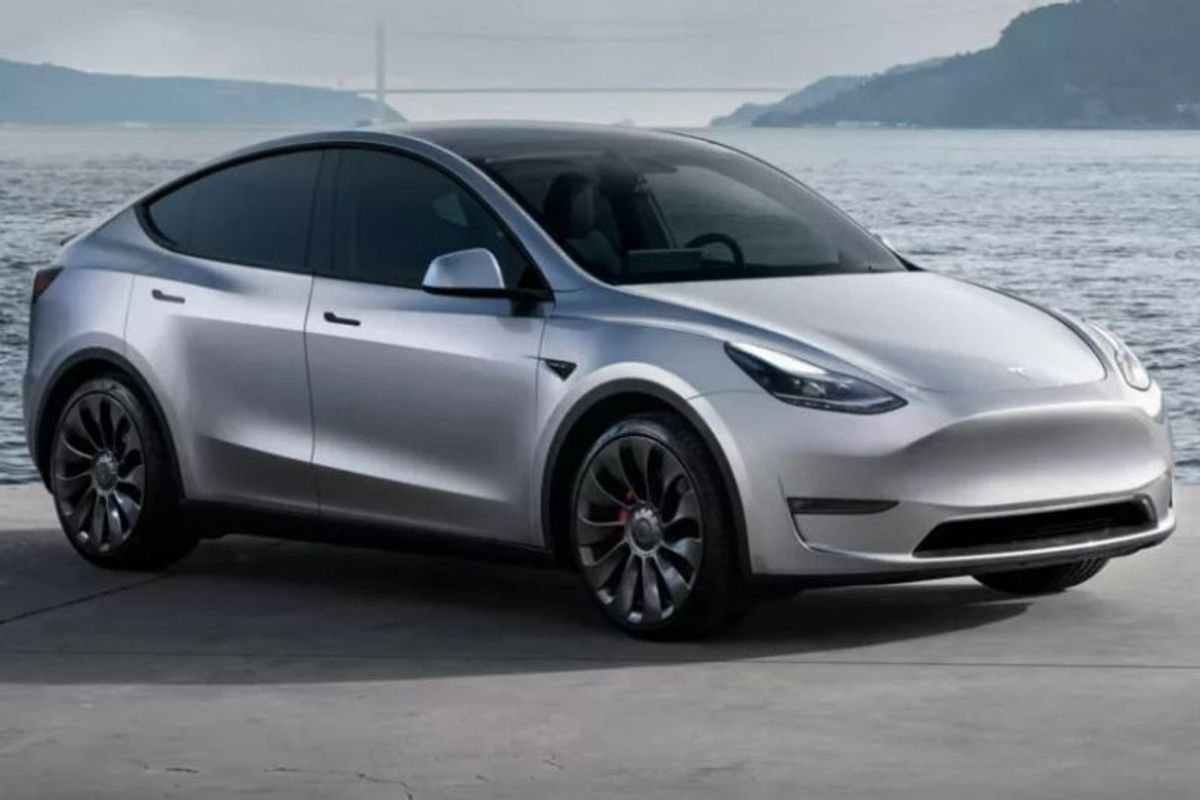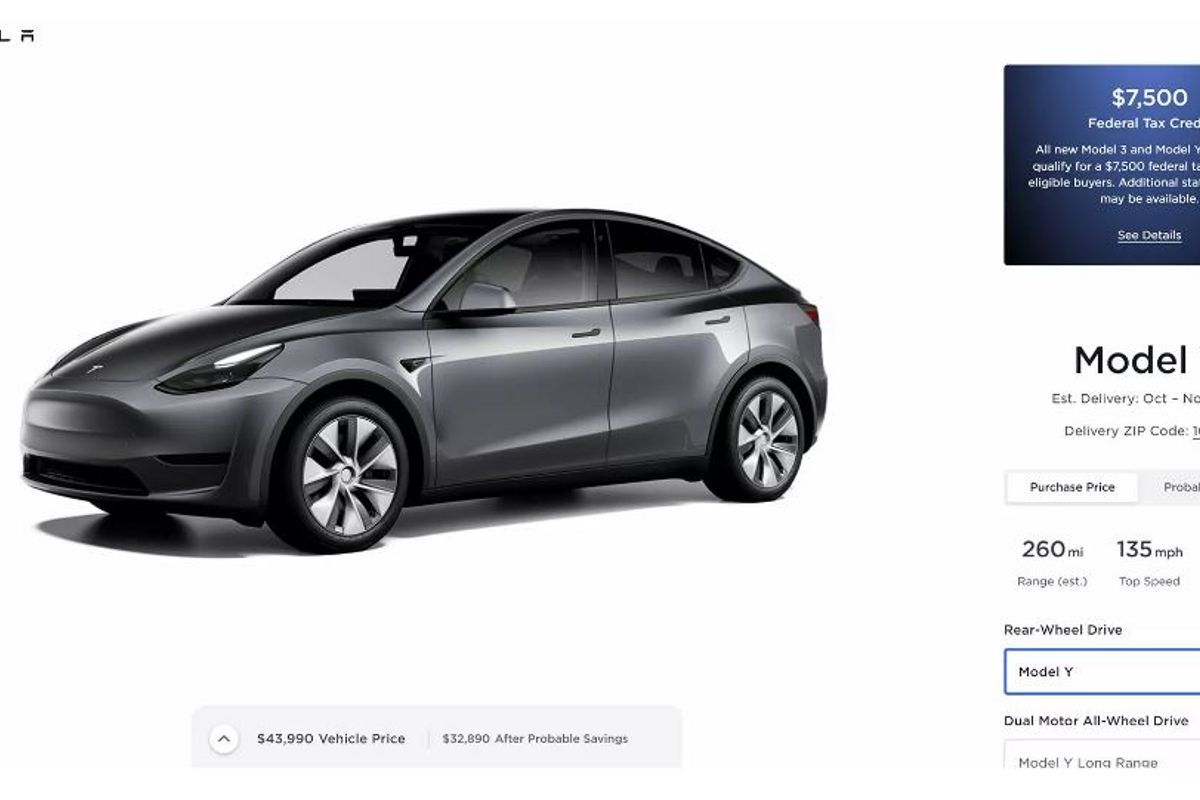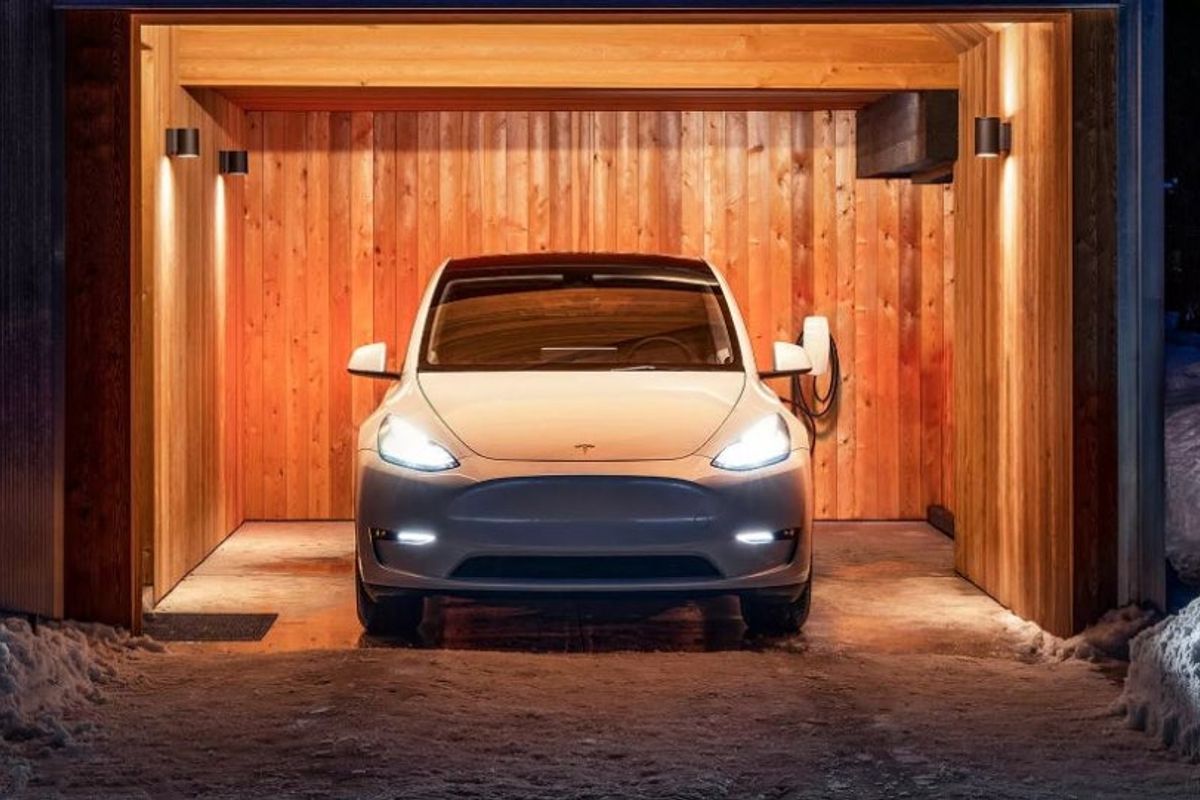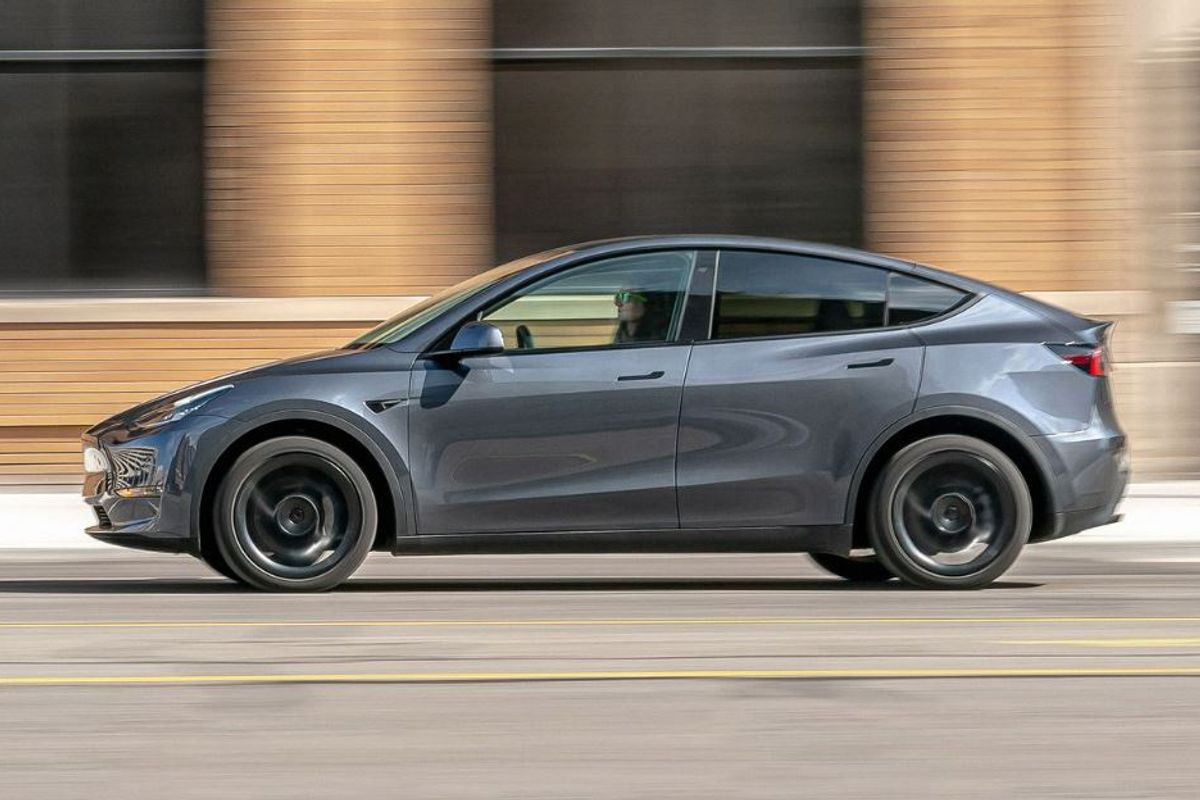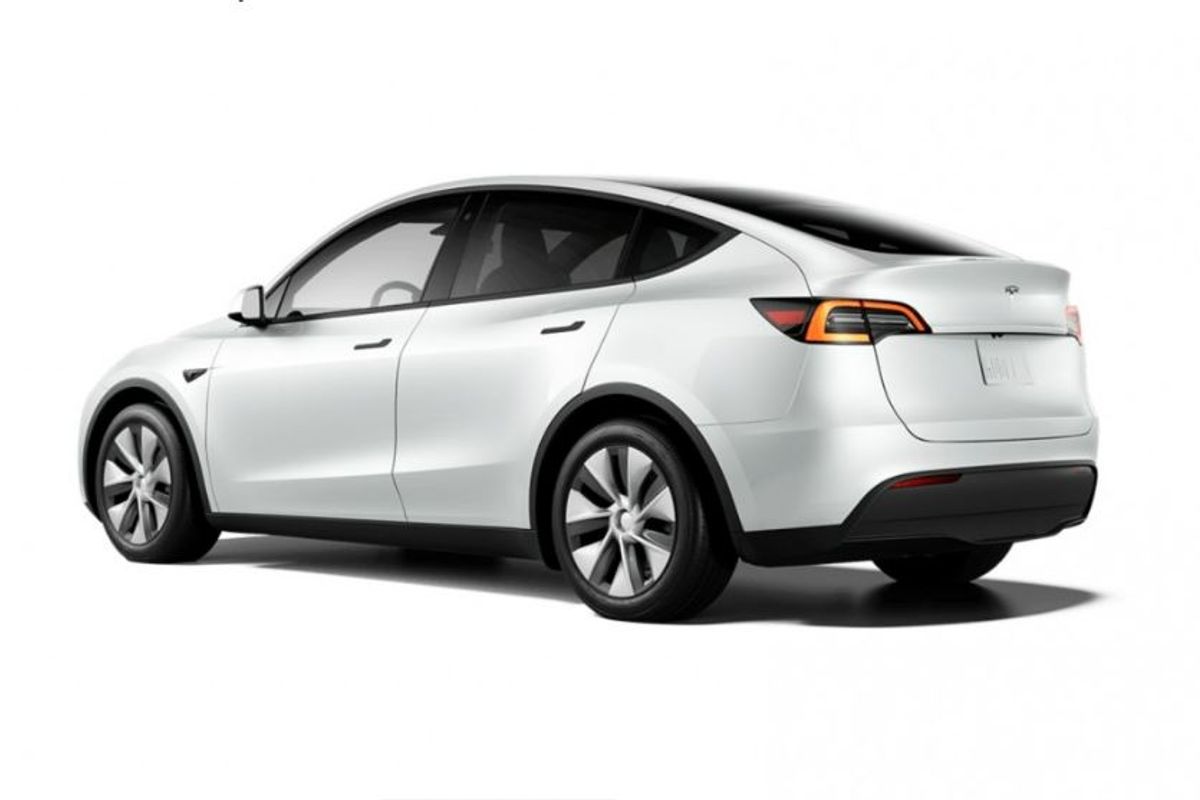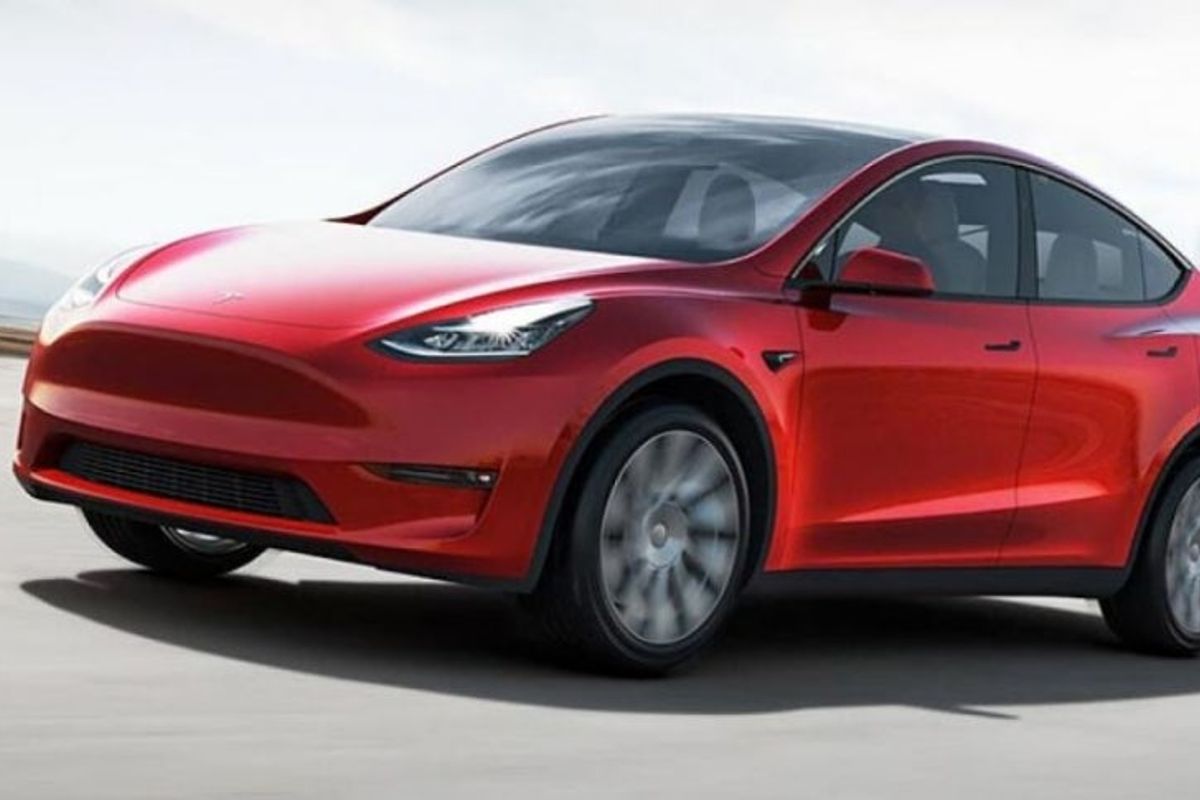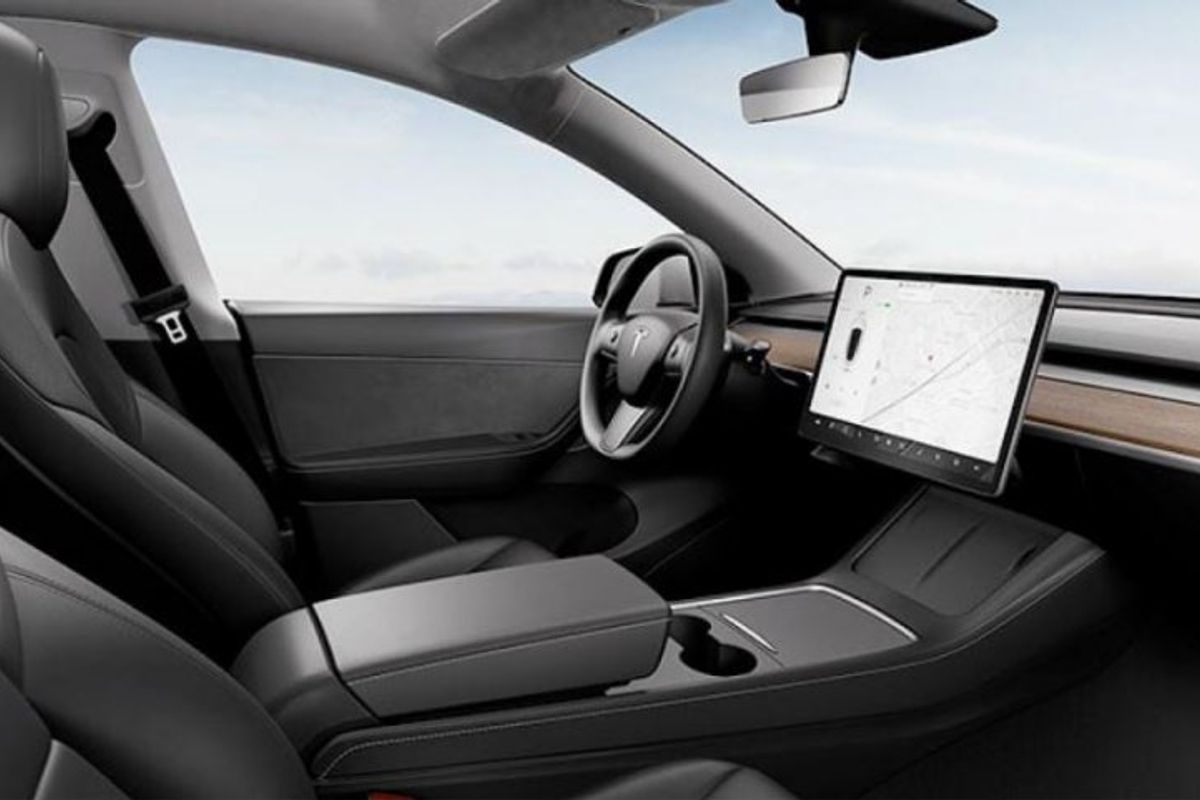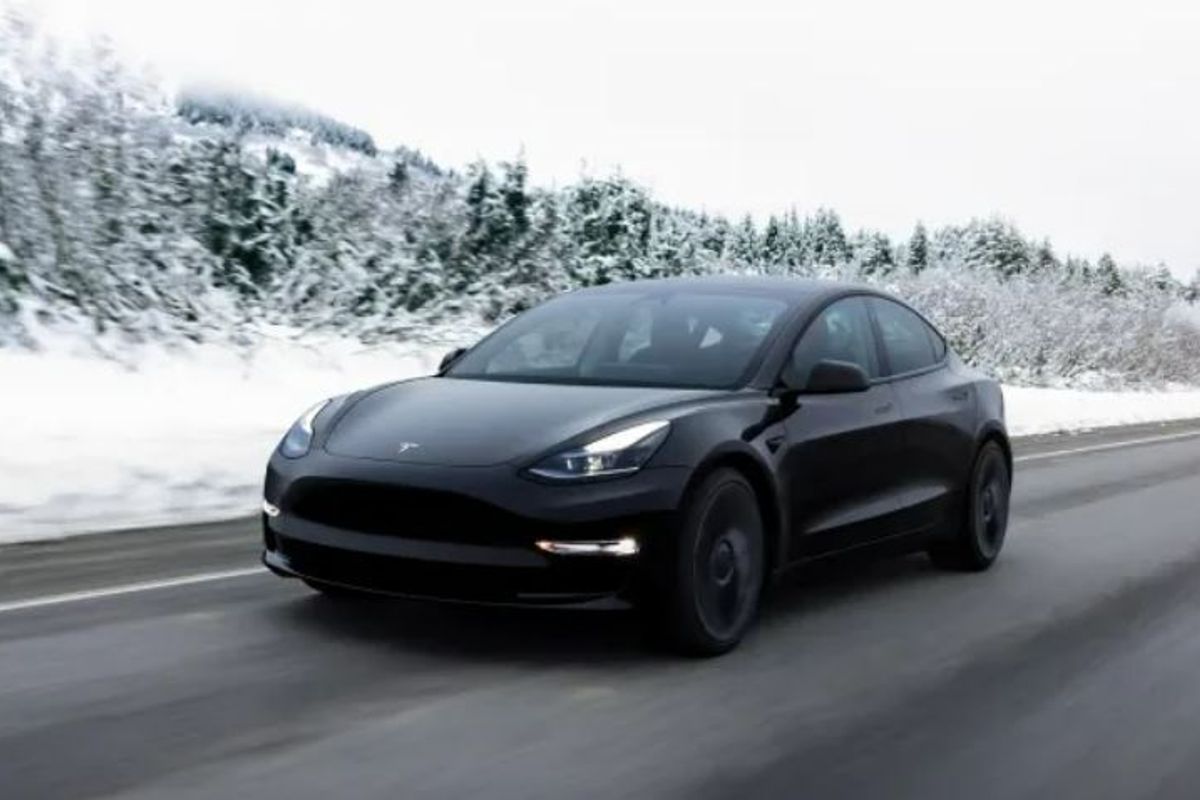The Tesla Model Y RWD equipped with LFP batteries is reportedly impacting electric vehicle sales of domestic automakers in South Korea. Sales have surged due to its price being nearly 16,700 USD lower than previous models. Some experts predict Tesla could become the top-selling electric vehicle brand in the Korean market this year.
According to the Korea Automobile Importers & Distributors Association and Carisyou Data Research Institute, the total number of new electric vehicle registrations last year was approximately 115,000. Domestic electric vehicles accounted for about 74,000 units, while imported electric vehicles totaled around 41,000 units.
The best-selling electric vehicle was the EV6, with approximately 17,000 units sold, followed by the Ioniq 5 with about 16,000 units. The Ioniq 6, EV9, and Niro EV rounded out the top five.
Among imported electric vehicles, the Tesla Model Y led with about 13,000 units sold. The Mercedes-Benz EQE took second place with around 3,000 units, followed by the BMW iX3, i4, and Mercedes-Benz EQS. The Model Y was the only imported electric vehicle to surpass 10,000 units in sales.
The sales surge reportedly began in September last year when Tesla started delivering the Chinese-made Model Y RWD, which is 16,700 USD cheaper than previous models, to the Korean market.
Tesla managed to lower the price by over 16,700 USD by equipping the vehicle with cheaper LFP batteries. This price reduction also made the Model Y RWD eligible for the full domestic subsidy, as it falls below the 47,600 USD threshold. Tesla produces the Model Y RWD at its Gigafactory in Shanghai.
Tesla sold about 4,000 Model Y units in September, with over 10,000 units sold from September to December alone. The Tesla Model Y RWD is priced at 47,590 USD, and with subsidies, consumers can purchase it for between 33,400 USD and 41,800 USD.
However, in the North American market, Tesla electric vehicles are facing battery depletion issues due to the Arctic cold wave, leading to charging wars. The lack of electric vehicle charging infrastructure in the United States compared to Northern Europe is cited as one of the reasons for this battery depletion crisis.
The main issue with electric vehicles is that battery chemical reactions slow down at very low temperatures. This leads to faster battery depletion and slower charging speeds.
